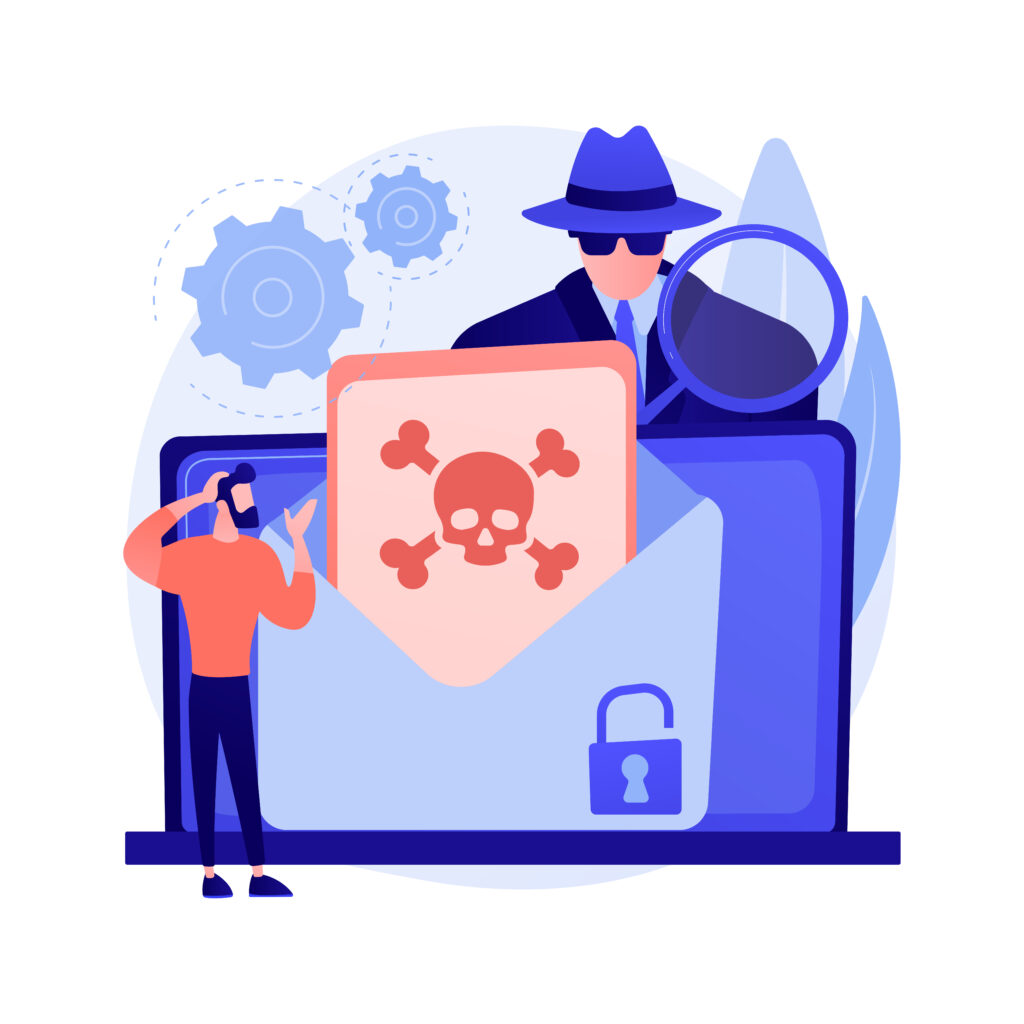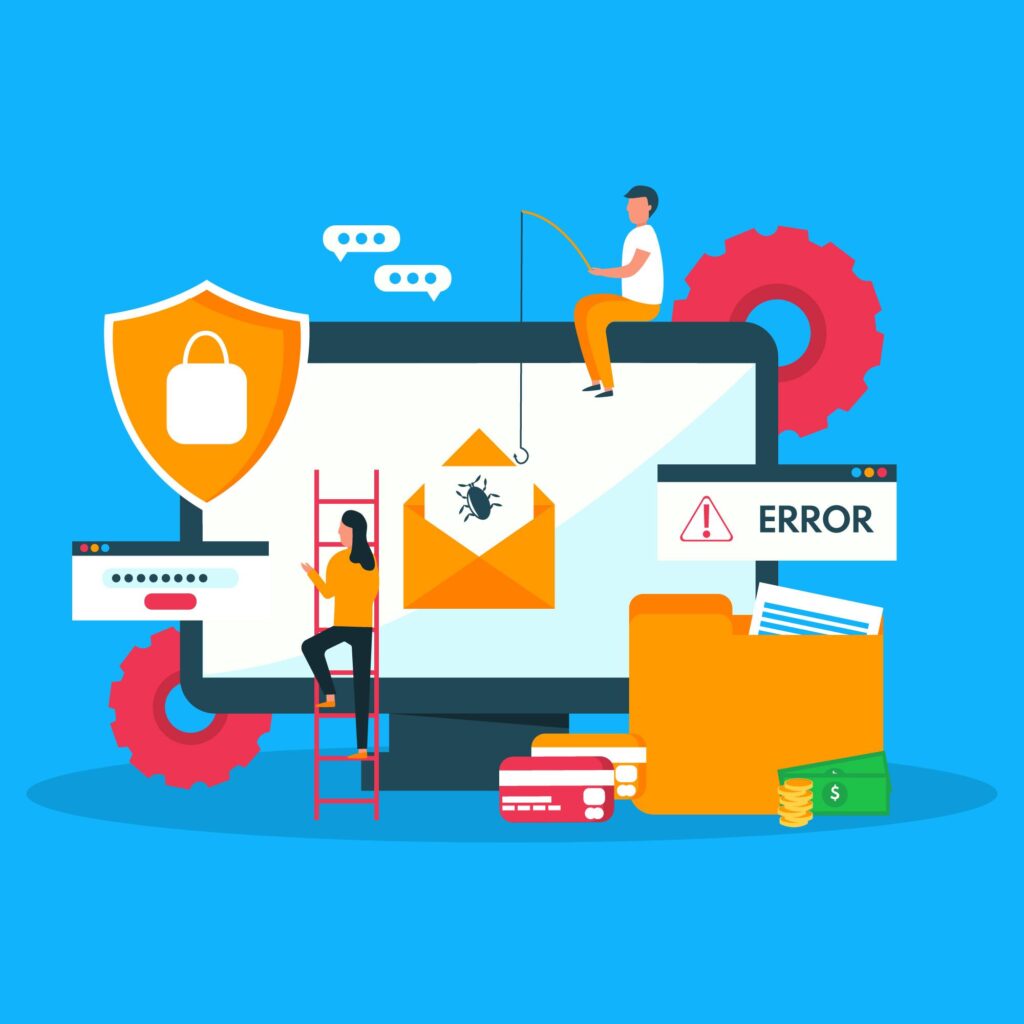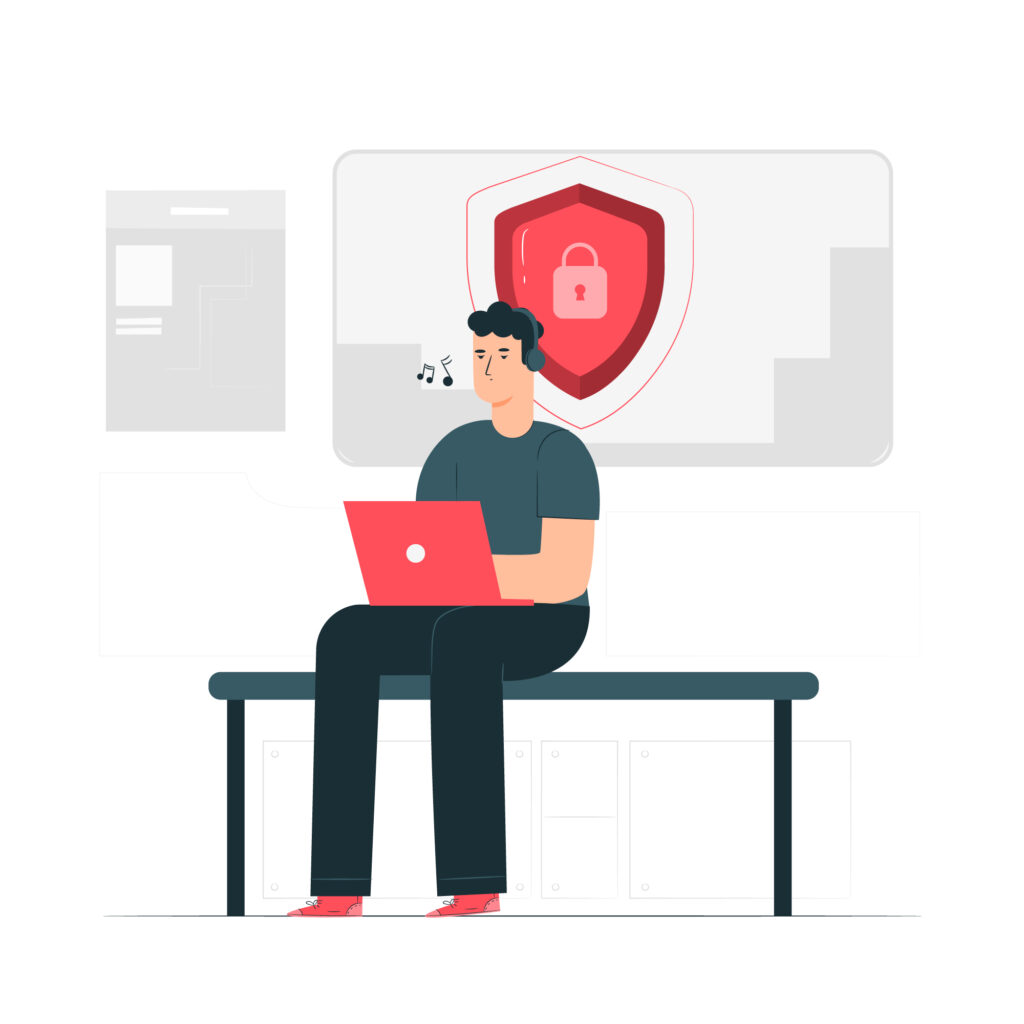 By: John Abhilash / June 26, 2024
By: John Abhilash / June 26, 2024
In today’s rapidly evolving digital landscape, robust security policy enforcement is no longer optional—it’s a critical necessity for organizations of all sizes. This comprehensive guide will dive deep into the strategies, tools, and best practices that can help you implement and maintain an effective security policy enforcement framework.
Security policy enforcement goes far beyond simply setting rules and expecting compliance. It’s a dynamic, ongoing process that involves:
Creating clear, actionable policies
Implementing tools and technologies to enforce these policies
Continuously monitoring and adapting to new threats and challenges
Fostering a culture of security awareness throughout the organization
Effective policy enforcement is the backbone of a strong security posture, protecting sensitive data, maintaining compliance, and mitigating risks in an increasingly complex threat landscape.
Historically, policy enforcement relied heavily on manual processes and human oversight. However, the sheer scale and complexity of modern IT environments have made this approach increasingly untenable. Today’s effective policy enforcement strategies leverage automation to:
Ensure consistent application of policies across diverse systems and applications
Reduce human error and oversight
Provide real-time monitoring and rapid response to policy violations
Scale enforcement capabilities in line with organizational growth
Effective policy enforcement starts with well-crafted policies. Consider these best practices:
Align policies with business objectives and risk tolerance
Use clear, unambiguous language
Regularly review and update policies to address emerging threats and technologies
Involve stakeholders from various departments in policy creation
A variety of tools and technologies play crucial roles in policy enforcement:
SIEM solutions are the central nervous system of policy enforcement, aggregating and analyzing data from multiple sources to detect policy violations and security incidents.
Key features to look for:
Real-time log collection and analysis
Correlation of events across different systems
Customizable alerting and reporting
Integration with other security tools
Popular SIEM tools include Splunk Enterprise Security, IBM QRadar, and LogRhythm NextGen SIEM Platform.
IAM systems are crucial for enforcing access policies, ensuring that users have appropriate permissions and that sensitive resources are protected.
Essential IAM capabilities:
Multi-factor authentication
Single sign-on (SSO)
Role-based access control (RBAC)
User activity monitoring
Leading solutions in this space include Okta, Microsoft Azure Active Directory, and Ping Identity.
DLP tools play a vital role in enforcing data handling policies, preventing unauthorized data exfiltration.
Key DLP features:
Content inspection and classification
Policy-based blocking of sensitive data transfers
Encryption of data at rest and in transit
User activity monitoring and alerting
Notable DLP solutions include Symantec Data Loss Prevention, McAfee Total Protection for DLP, and Forcepoint DLP.
NAC systems enforce policies at the network level, controlling which devices and users can access network resources.
Critical NAC functionalities:
Device posture assessment
Dynamic VLAN assignment
Integration with MDM/EMM solutions
Guest network management
Prominent NAC systems include Cisco Identity Services Engine (ISE), Forescout CounterACT, and Aruba ClearPass.
Policy enforcement is not a “set it and forget it” task. It requires ongoing attention:
Implement real-time monitoring solutions
Regularly conduct security assessments and penetration testing
Use threat intelligence to stay ahead of emerging risks
Adjust policies and enforcement mechanisms based on new findings
Even the most sophisticated technical controls can be undermined by human error. A comprehensive policy enforcement strategy must include:
Regular security awareness training
Clear communication of policies and their importance
Simulated phishing exercises
Encouragement of a security-conscious culture
Security frameworks provide structured approaches to developing and implementing comprehensive security programs, including policy enforcement. Let’s explore some key frameworks and how they contribute to effective policy enforcement:
The National Institute of Standards and Technology (NIST) Cybersecurity Framework offers a flexible and risk-based approach to cybersecurity.
Key aspects relevant to policy enforcement:
Identify: Develop an organizational understanding to manage cybersecurity risk to systems, assets, data, and capabilities.
Application: Use this function to identify critical assets and develop policies to protect them.
Protect: Develop and implement appropriate safeguards to ensure delivery of critical infrastructure services.
Application: Implement access control policies, awareness training, and data security measures.
Detect: Develop and implement appropriate activities to identify the occurrence of a cybersecurity event.
Application: Use SIEM and other monitoring tools to detect policy violations.
Respond: Develop and implement appropriate activities to take action regarding a detected cybersecurity incident.
Application: Create incident response plans that align with your security policies.
Recover: Develop and implement appropriate activities to maintain plans for resilience and to restore any capabilities or services that were impaired due to a cybersecurity incident.
Application: Ensure your disaster recovery and business continuity policies are up to date and enforceable.
ISO 27001 is an international standard that provides a framework for Information Security Management Systems (ISMS).
Key areas of focus for policy enforcement:
Risk Assessment: Identify, analyze, and evaluate information security risks.
Application: Use risk assessments to inform your policy creation and enforcement strategies.
Security Policy: Define a set of policies for information security appropriate to the organization.
Application: Develop comprehensive, clear, and enforceable security policies.
Access Control: Implement policy-based access controls across your organization.
Application: Use IAM tools to enforce granular access policies.
Information Security Incident Management: Ensure a consistent and effective approach to the management of information security incidents.
Application: Develop and enforce incident response policies.
The Center for Internet Security (CIS) Controls provide a prioritized set of actions to improve an organization’s cybersecurity posture.
Relevant controls for policy enforcement:
Inventory and Control of Enterprise Assets
Application: Develop and enforce policies for asset management.
Access Control Management
Application: Implement and enforce strong access control policies.
Data Protection
Application: Use DLP tools to enforce data handling policies.
Security Awareness and Skills Training
Application: Develop and enforce policies for regular security training.
Audit Log Management
Application: Use SIEM tools to enforce logging and monitoring policies.
By aligning your policy enforcement efforts with these frameworks, you can ensure a comprehensive and structured approach to security.
While essential, policy enforcement often faces several hurdles:
Balancing Security and Usability: Overly restrictive policies can hamper productivity and lead to workarounds. Solution: Involve end-users in policy development, conduct usability testing, and implement graduated enforcement.
Keeping Pace with Technology Changes: Rapid advancements can quickly render policies obsolete. Solution: Implement a regular policy review cycle and leverage threat intelligence to stay ahead of trends.
Managing False Positives: Overzealous enforcement can lead to alert fatigue. Solution: Fine-tune detection rules, implement AI-driven analytics, and establish clear escalation procedures.
Addressing Shadow IT: Unauthorized applications can bypass policy controls. Solution: Implement comprehensive asset discovery, offer approved alternatives, and educate users on risks.
To ensure your policy enforcement efforts are paying off, track these key performance indicators (KPIs):
Policy Violation Rate: Track the number and type of violations over time.
Mean Time to Detect (MTTD) and Respond (MTTR): Measure how quickly you identify and address policy violations.
Policy Coverage: Assess what percentage of your IT environment is covered by automated policy enforcement.
User Awareness Scores: Regularly test employee understanding of security policies.
Compliance Audit Results: Monitor your performance in internal and external audits.
As threats become more sophisticated, policy enforcement is evolving to leverage artificial intelligence (AI) and machine learning (ML). These technologies promise to:
Detect subtle policy violations that might escape traditional rule-based systems
Adapt to new threats in real-time without human intervention
Reduce false positives by learning from historical data
Automate routine policy enforcement tasks, freeing up security teams for more strategic work
As organizations grapple with the complexities of modern policy enforcement, new solutions are emerging to streamline and enhance these efforts. One such innovative solution is Guardian, an Application Security Posture Management (ASPM) platform designed to address the challenges of contemporary security policy enforcement.
Guardian offers a holistic approach to security policy management by:
Aggregating data from various security tools and scans
Applying advanced analytics to reduce noise and false positives
Providing correlated insights to help prioritize and address security issues
Key features of Guardian include:
Centralized policy management dashboard
Automated policy violation detection and alerting
Seamless integration with existing security tools and DevOps pipelines
AI-driven analytics for trend identification and predictive risk assessment
Customizable reporting for different stakeholders
By leveraging Guardian’s capabilities, organizations can:
Gain unprecedented visibility into their security posture
Streamline policy enforcement processes across complex environments
Significantly reduce the workload on overstretched security teams
Enhance compliance with industry regulations and internal policies
Make data-driven decisions to continuously improve security
As IT environments grow increasingly complex and threats more sophisticated, solutions like Guardian will play a pivotal role in helping organizations maintain robust security policy enforcement while adapting to new challenges.
Check Out our Other Resources : Master ASPM :Build a secure strategy







Leave a Comment